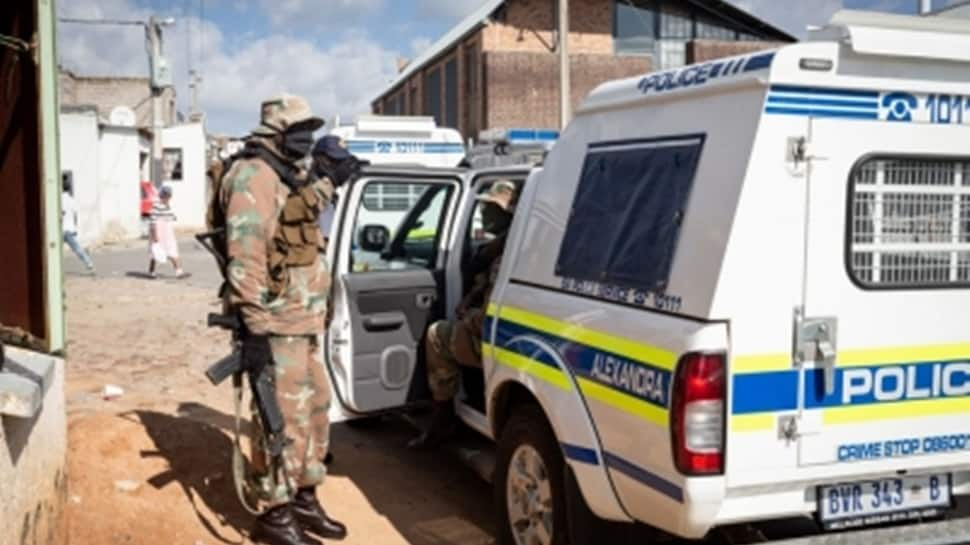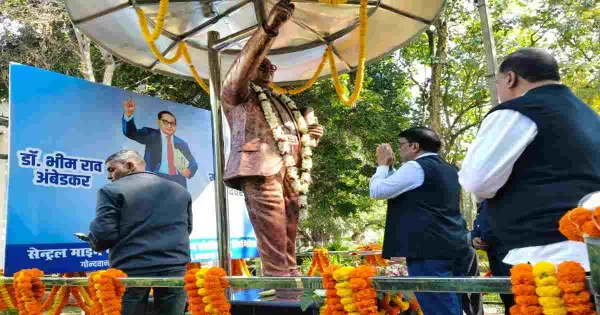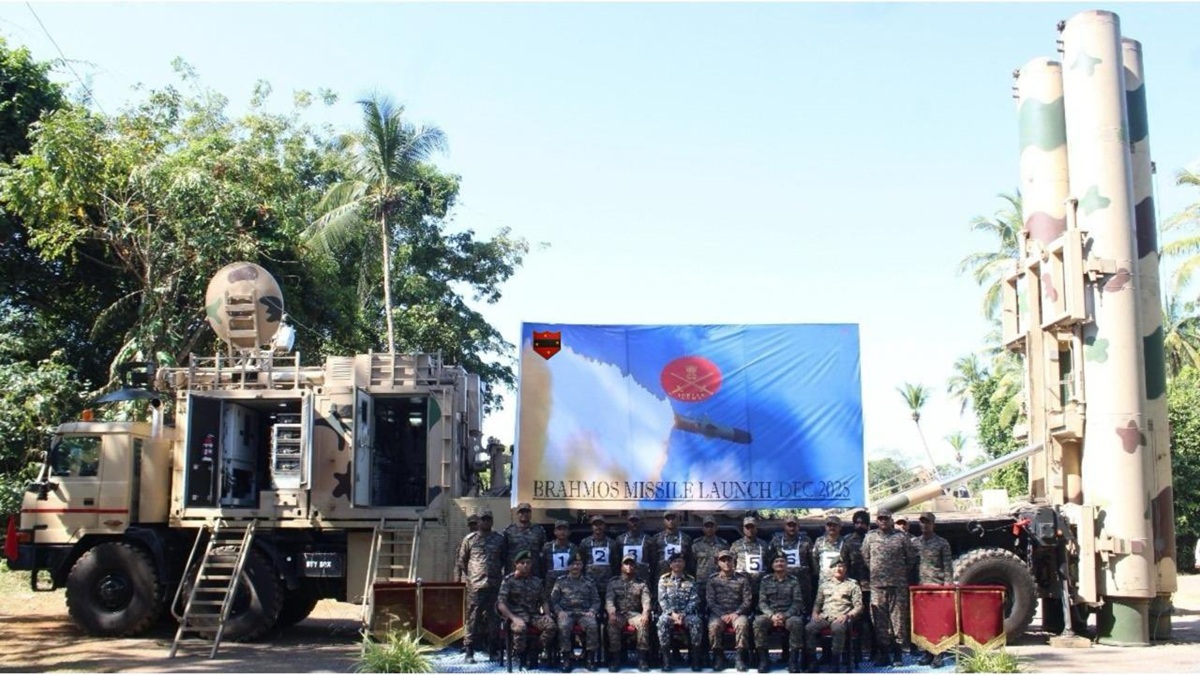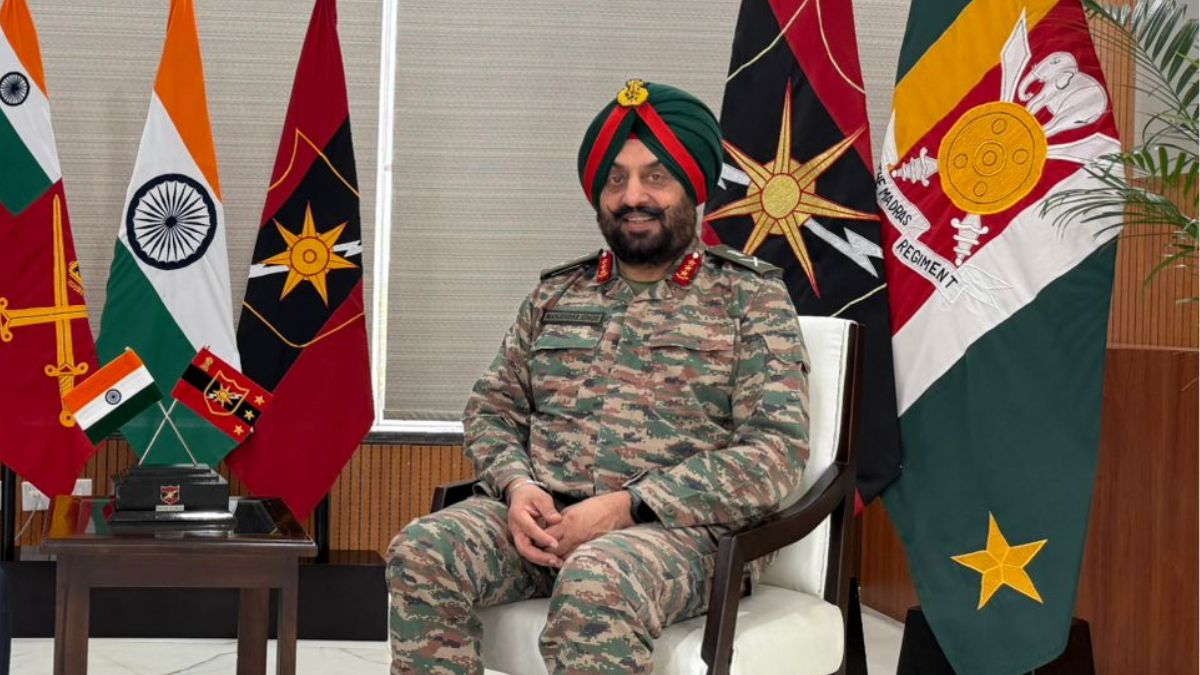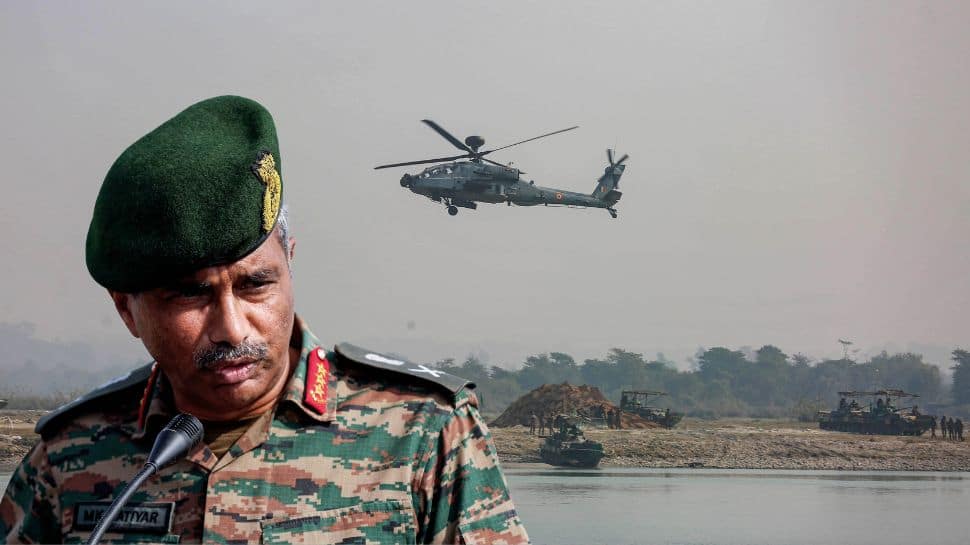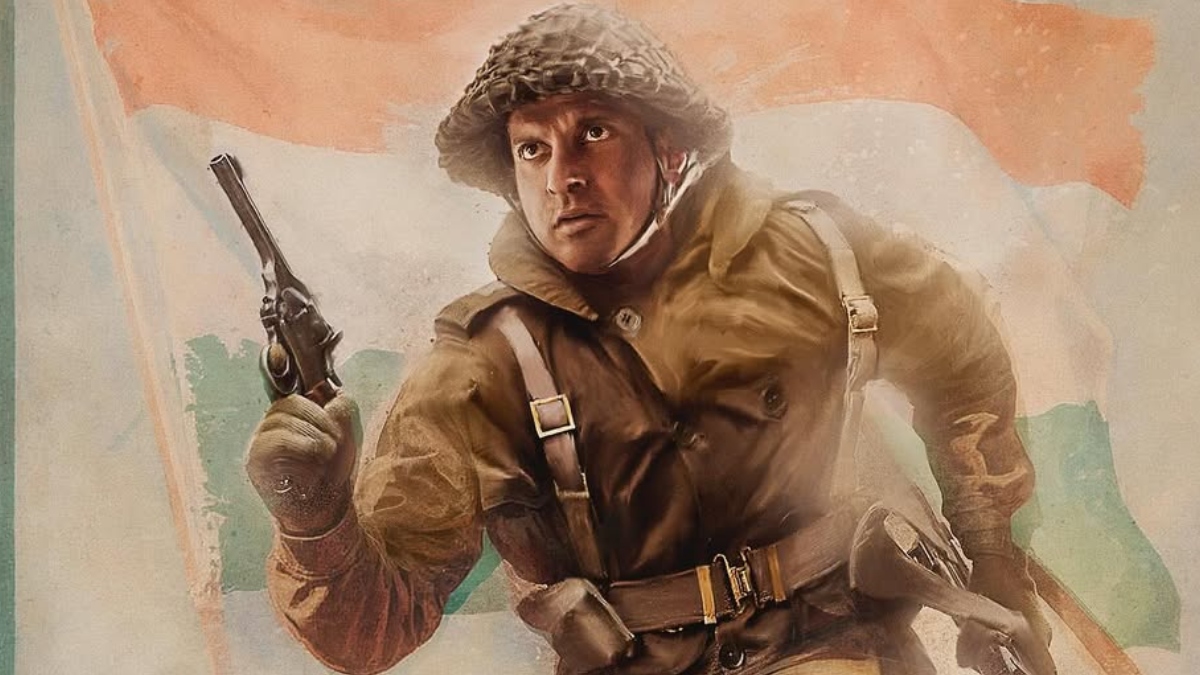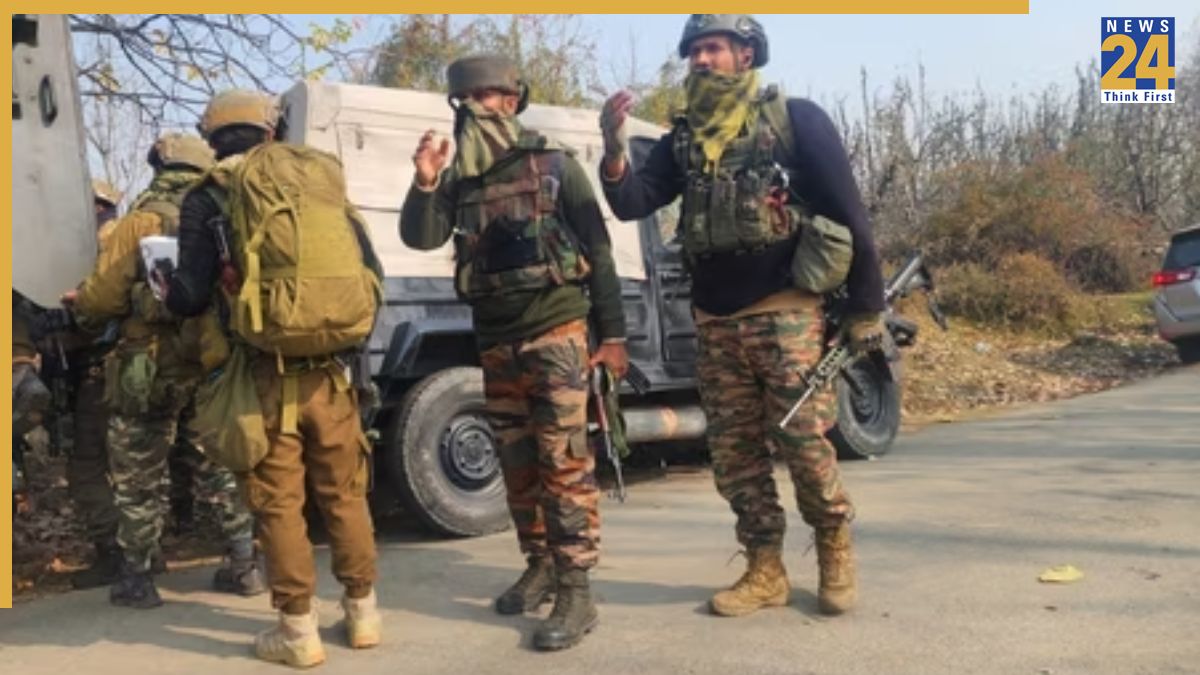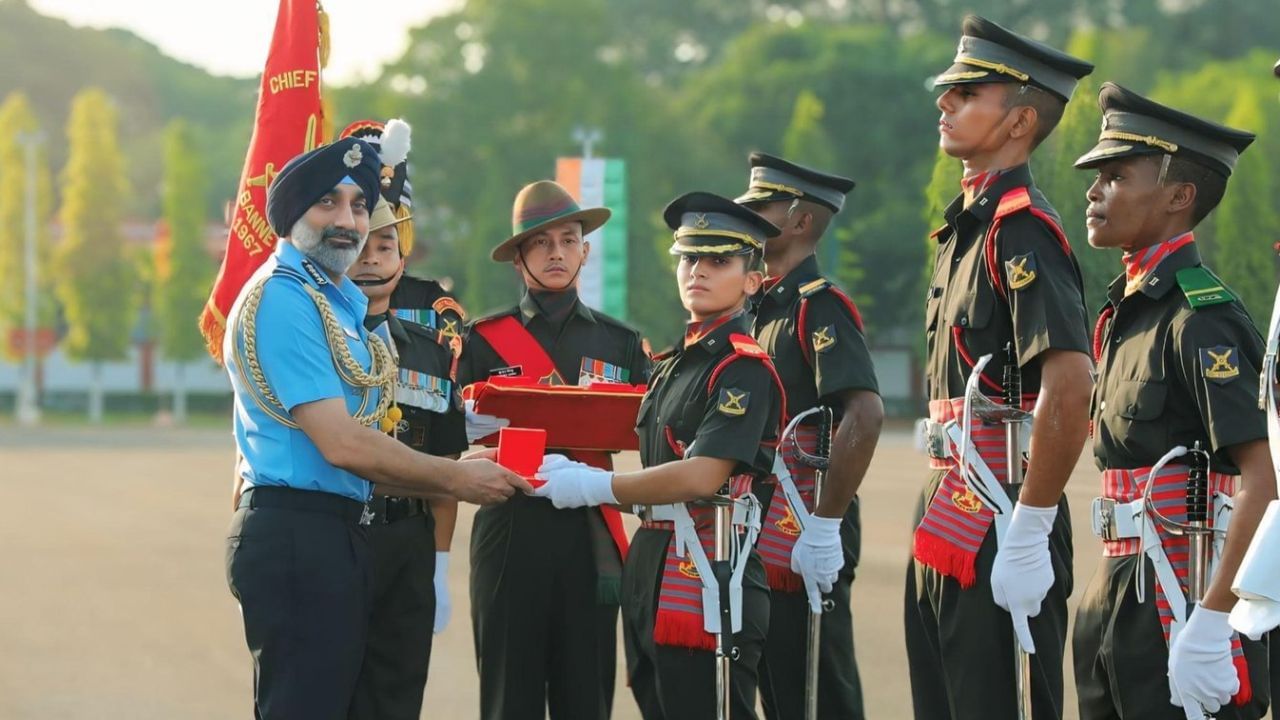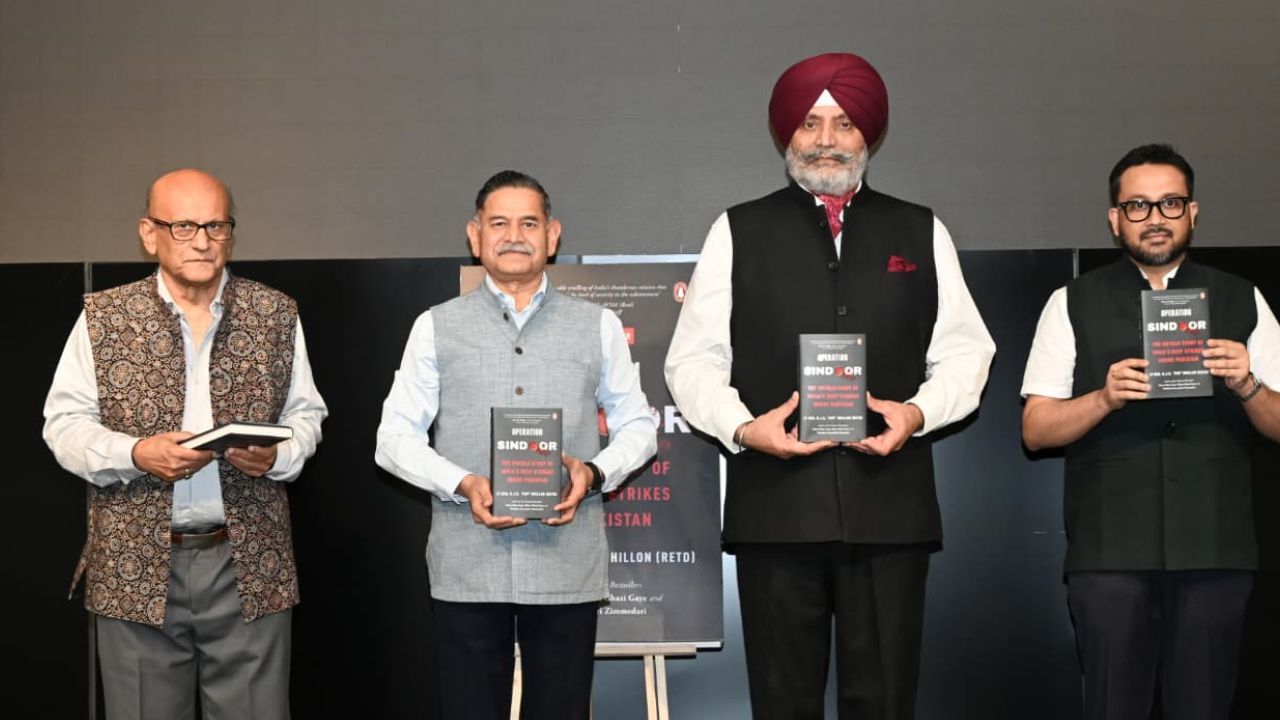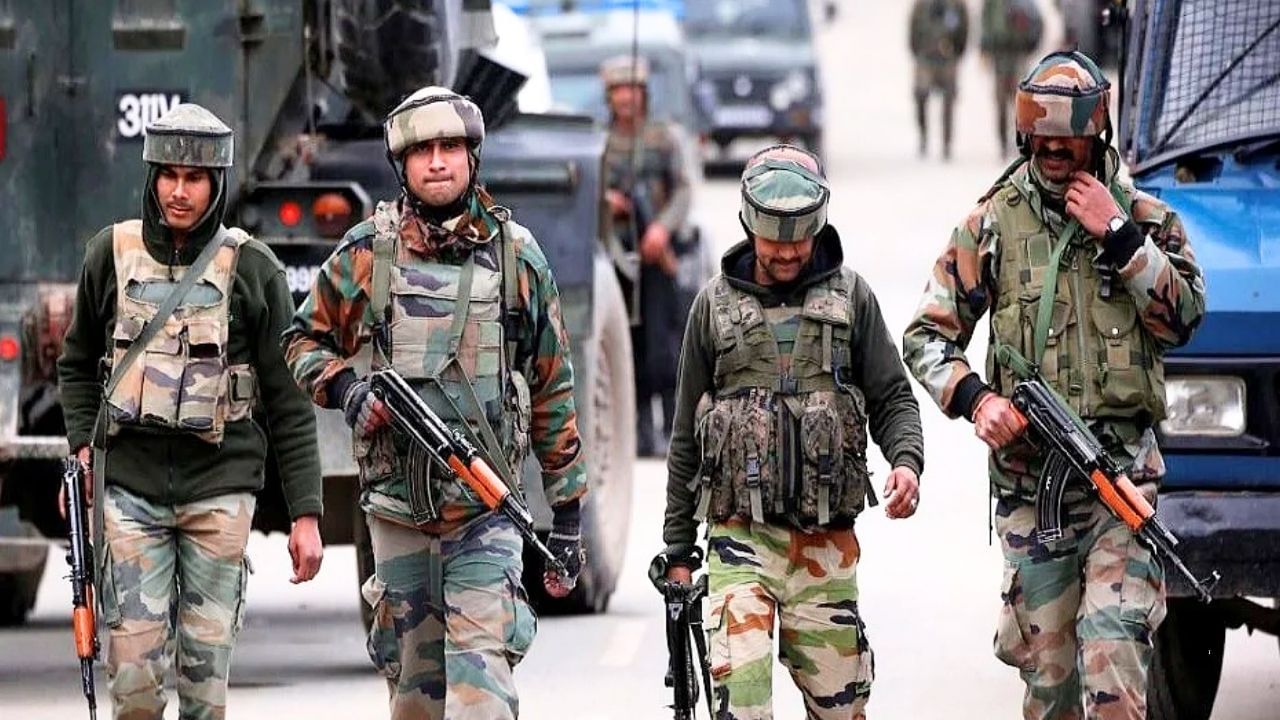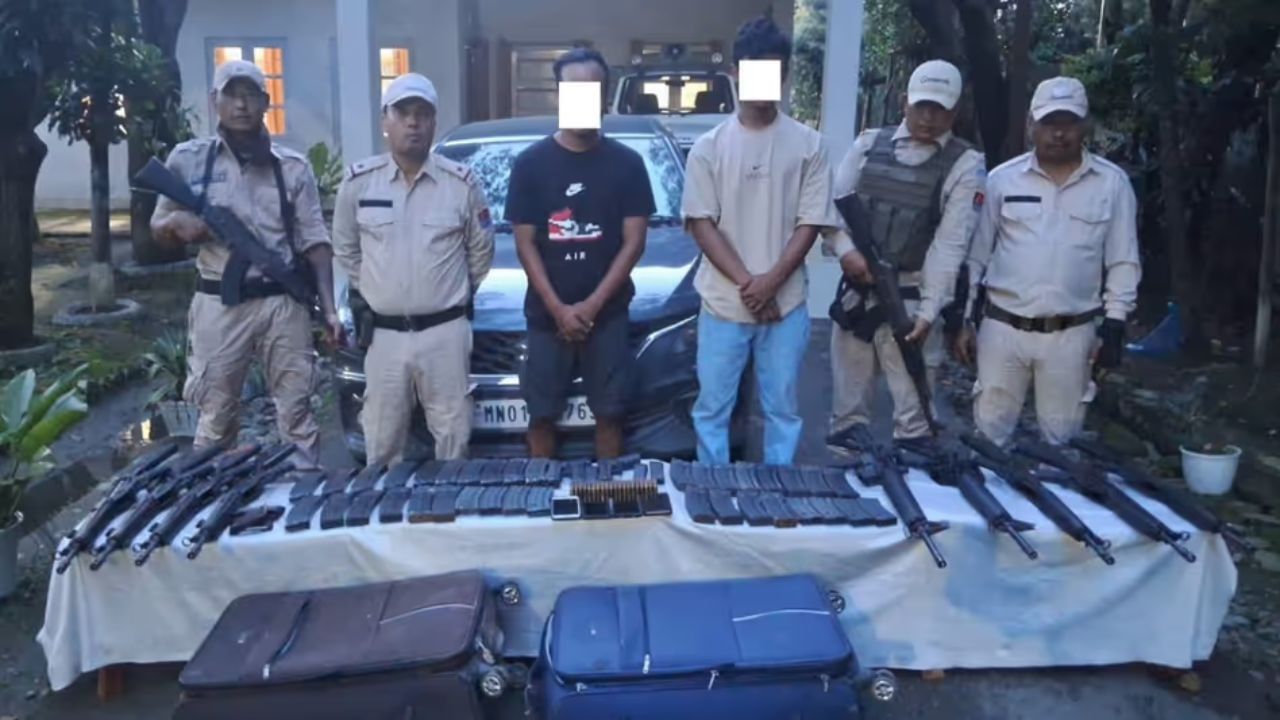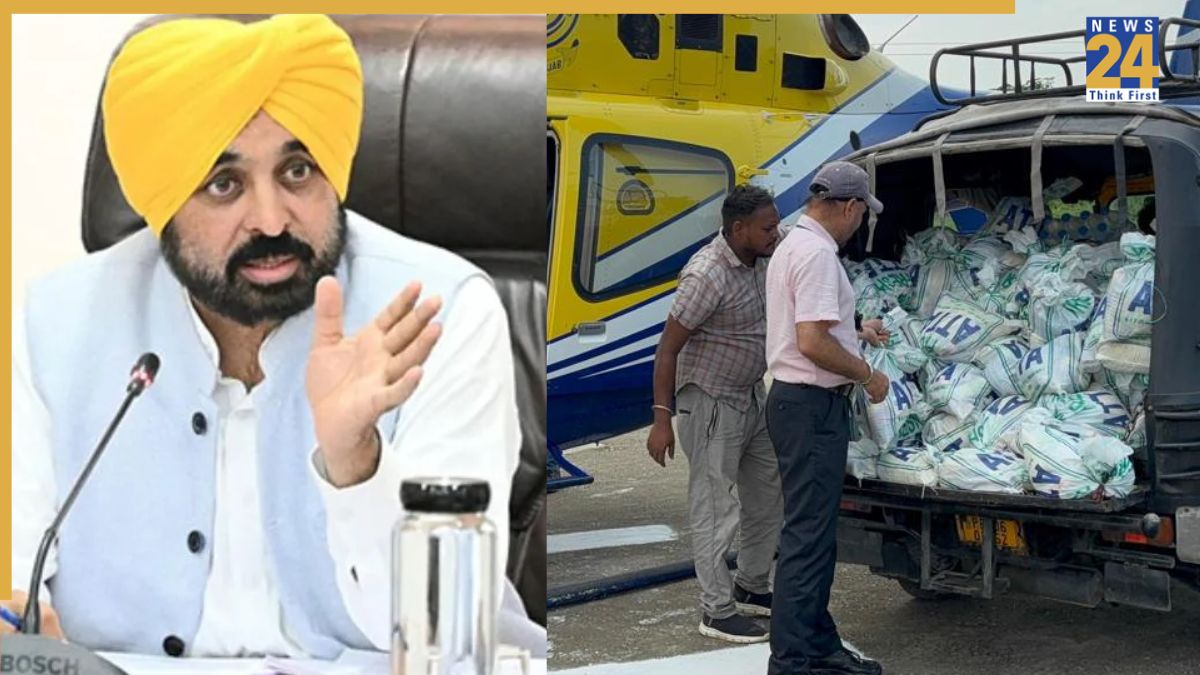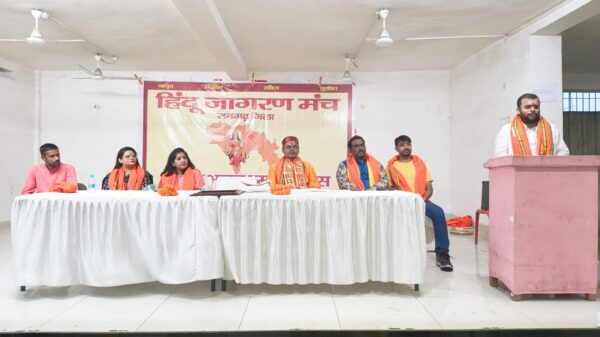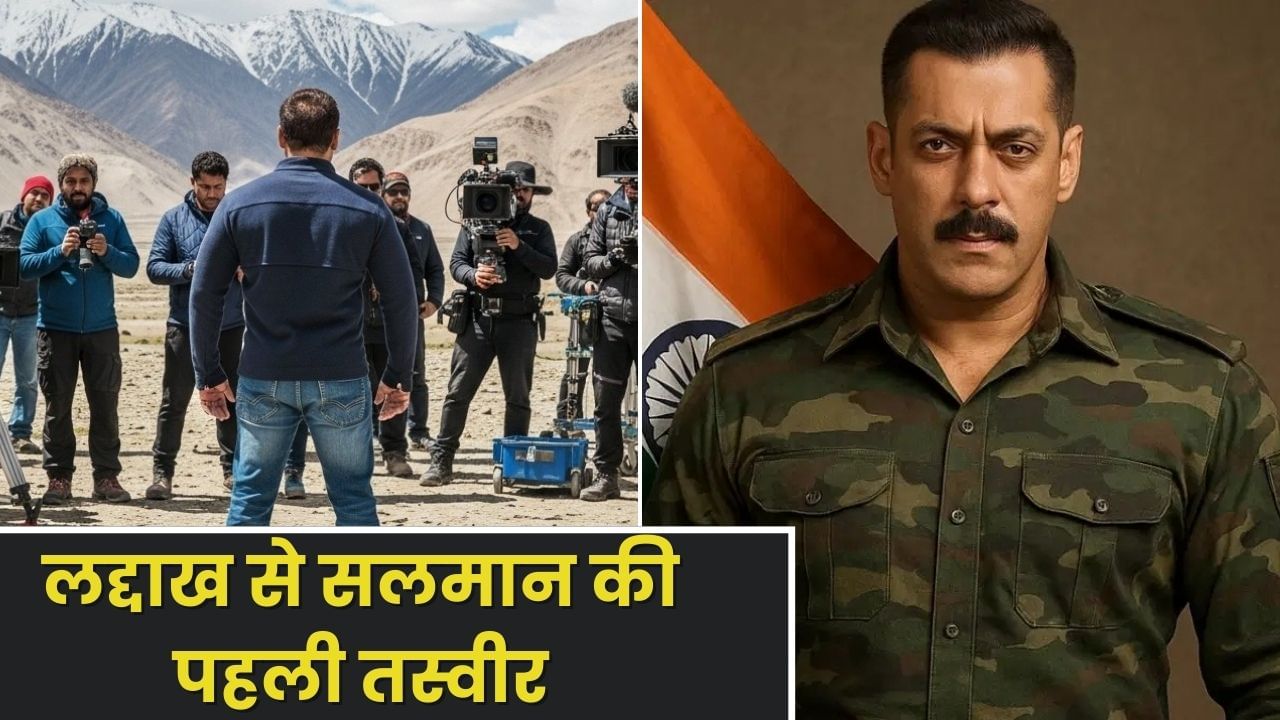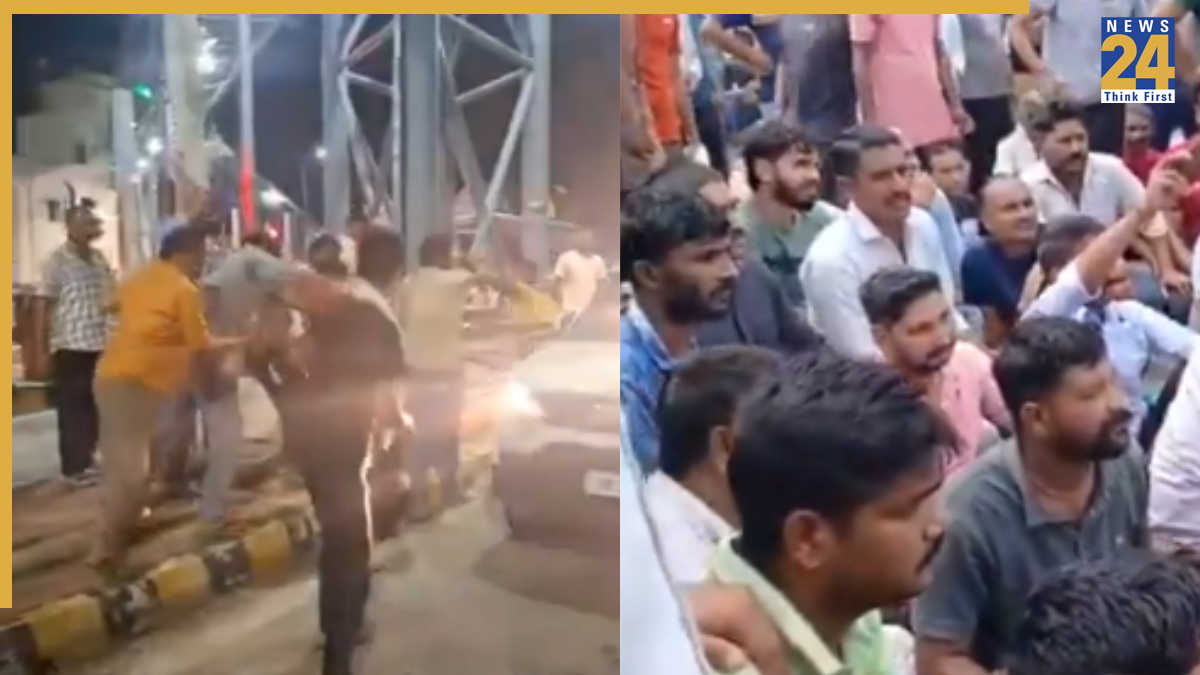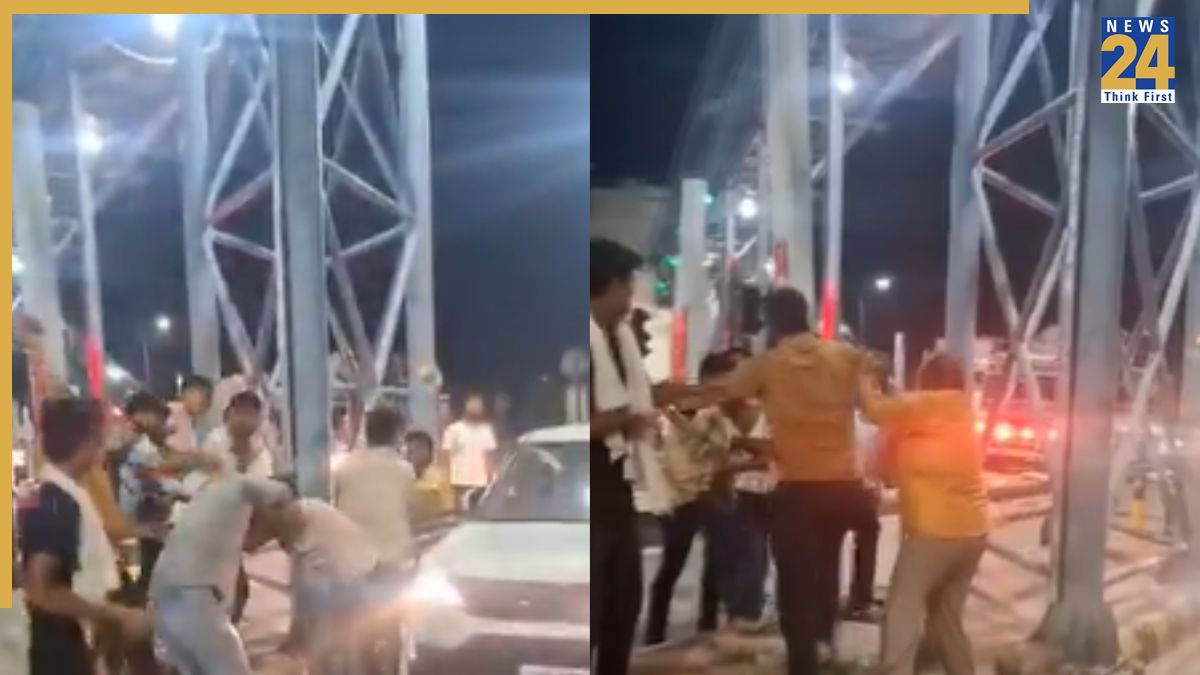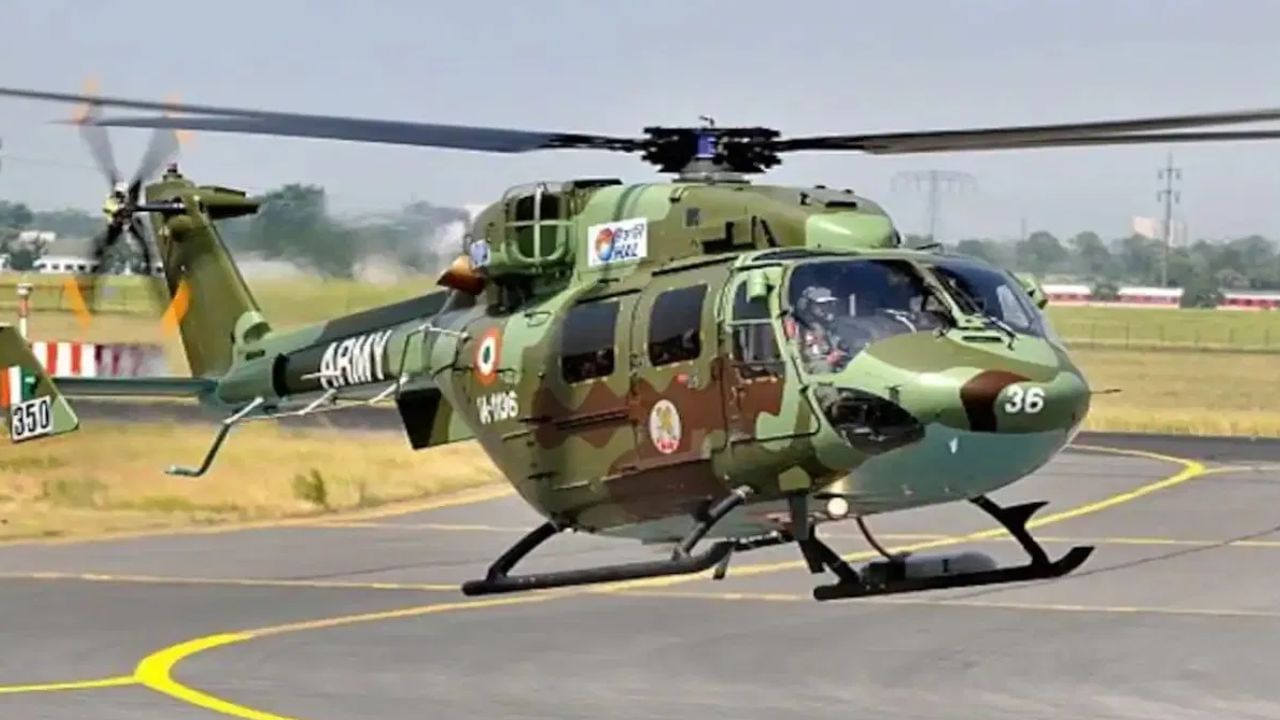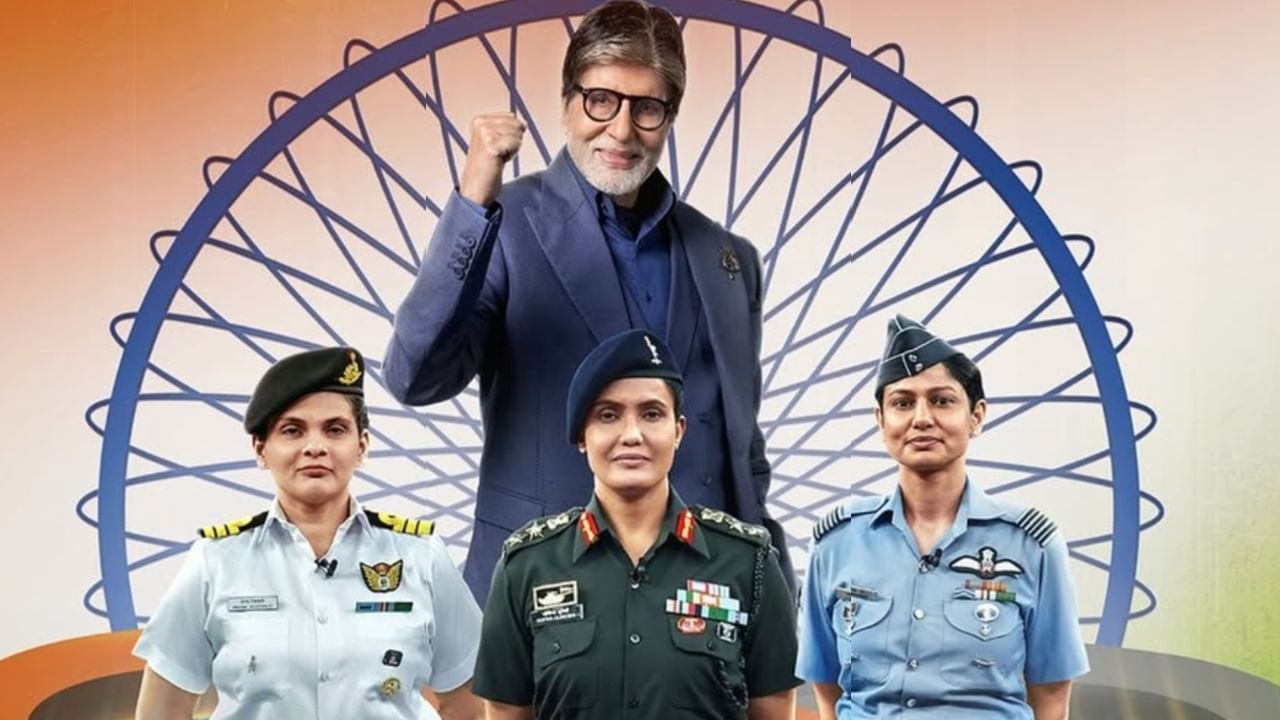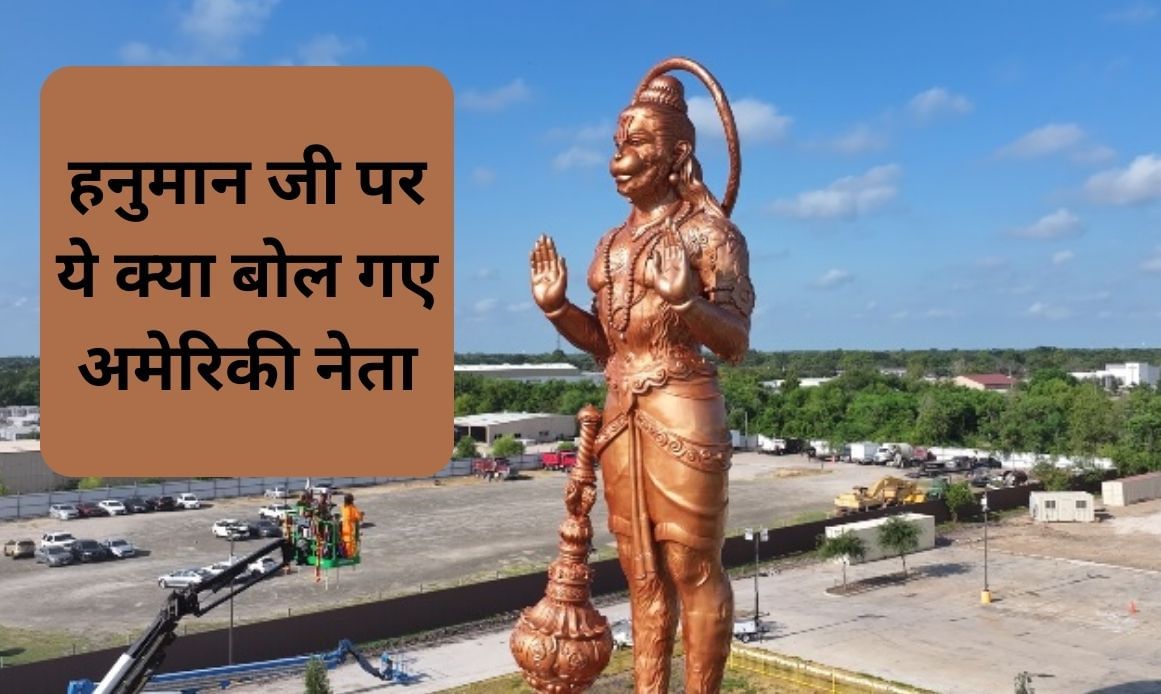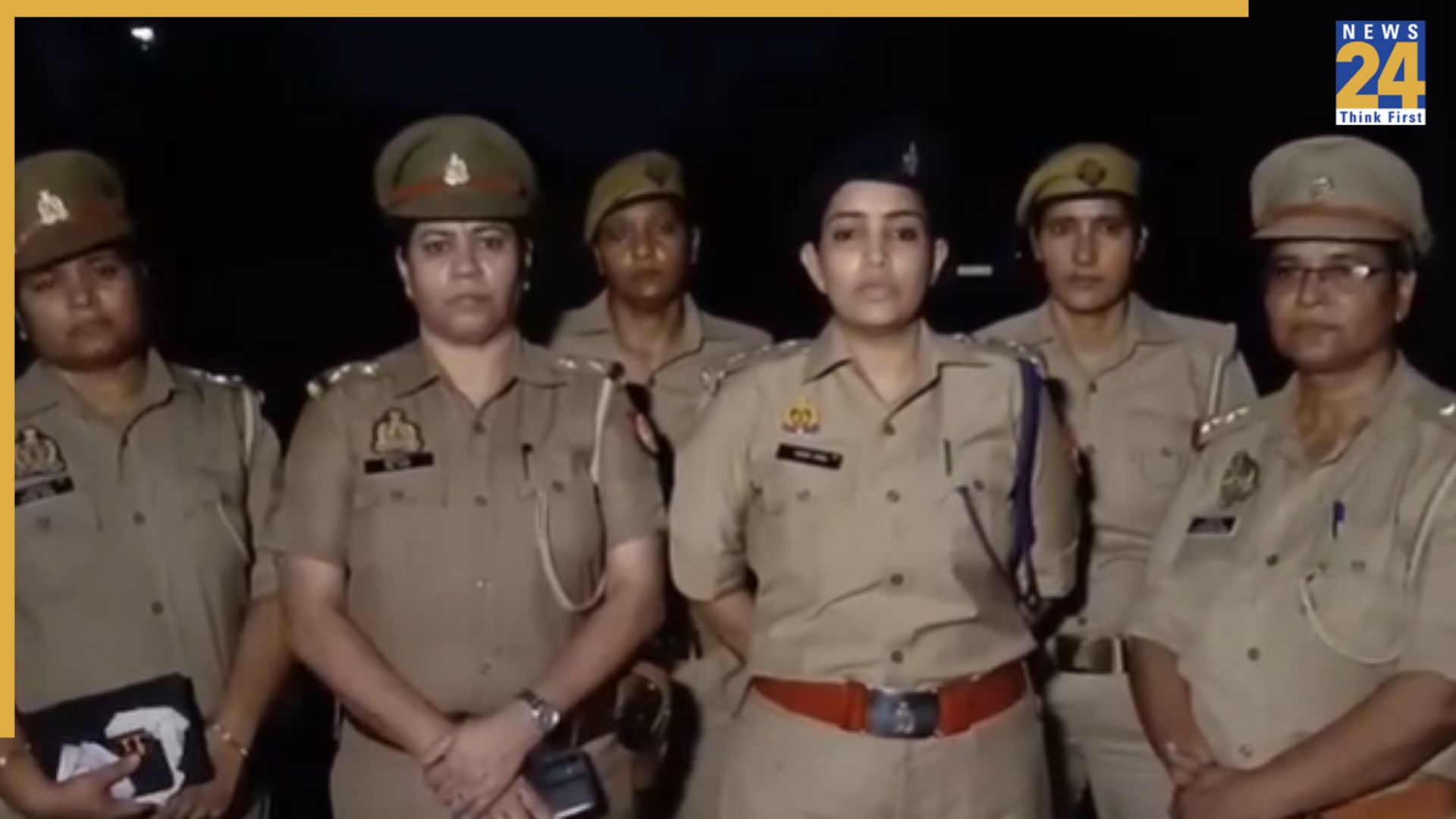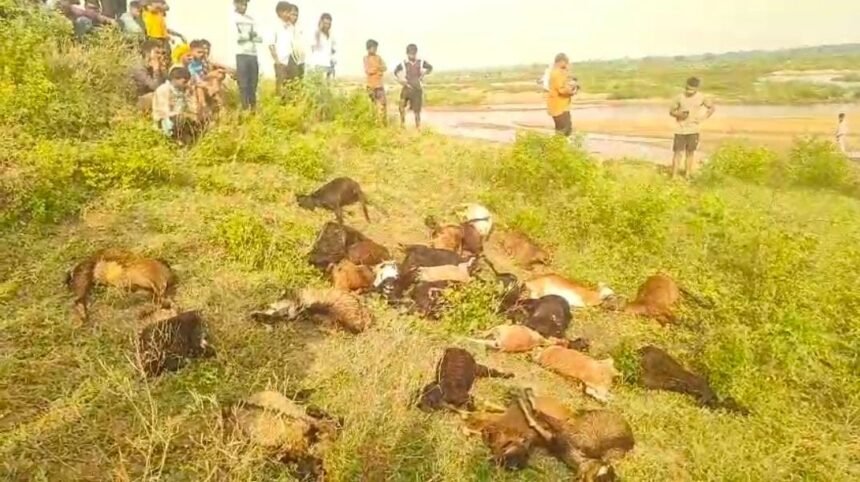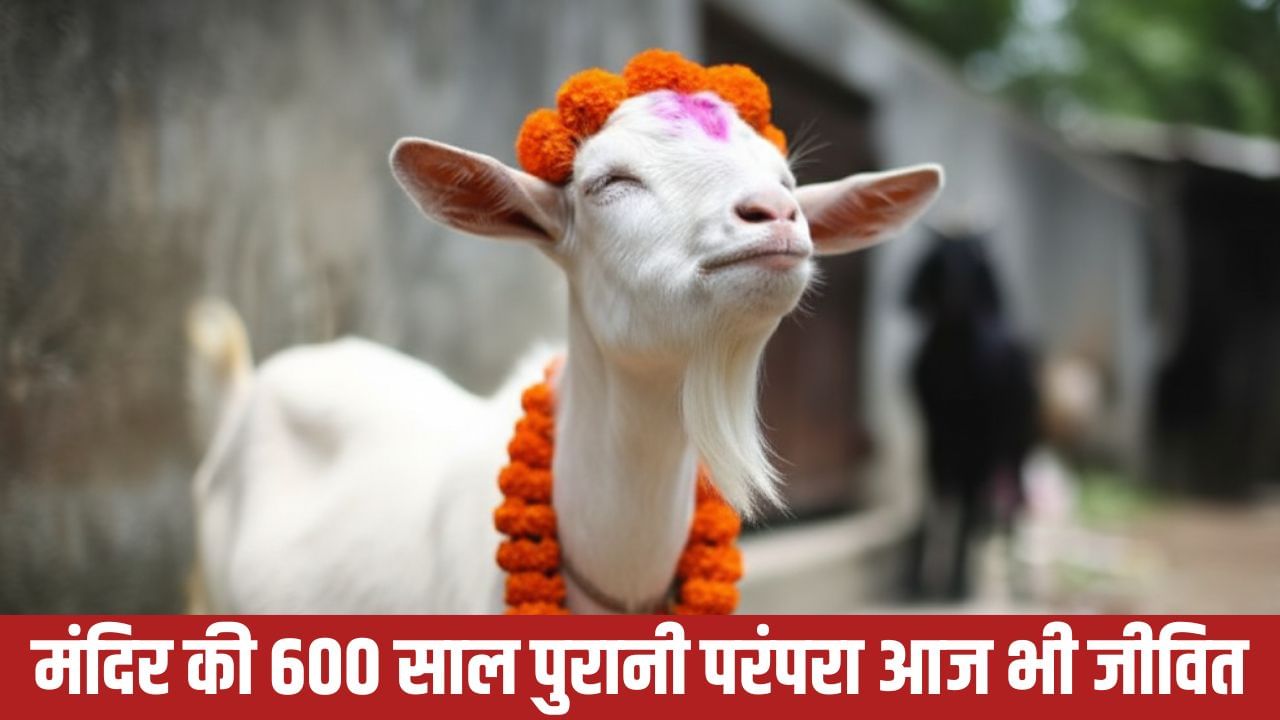Subscribe to Updates
Get the latest creative news from FooBar about art, design and business.
Browsing: Indian Army
An anti-terror operation in the Guddar forest area of Kulgam district in South Kashmir led to an intense gunfight between security forces…
Lieutenant Parul Dhaddwal has made history with her commissioning into the Indian Army. She is the first female officer from a distinguished…
Army Chief’s Statement on Operation Sindoor: India-Pakistan Conflict Did Not End on May 10th
In New Delhi, Army Chief General Upendra Dwivedi recently unveiled the book ‘Operation Sindoor: The Untold Story of India’s Deep Strikes Inside…
TPCR 2025: Ministry of Defence Releases Roadmap Detailing Military Needs for the Next 15 Years
Amidst escalating global challenges and fluctuating relations with neighboring countries, India is focused on fortifying its military capabilities. The Ministry of Defence…
Between August 25th and August 31st, 2025, the Indian Army, Assam Rifles, and Manipur Police conducted several operations across various districts in…
Prime Minister Narendra Modi highlighted the work of Jitendra Singh Rathore, a security guard from Surat, during his ‘Mann Ki Baat’ address.…
Punjab’s Chief Minister, Bhagwant Singh Mann, has formed a high-powered committee comprising three senior state officers to directly oversee relief and rescue…
Defense Minister Rajnath Singh, while addressing an event in Jodhpur, discussed ‘Operation Sindoor.’ He stated that the terrorists involved in the Pahalgam…
In Ramgarh, a successful seminar on Akhand Bharat Memorial Day was held on Saturday, under the chairmanship of Satyajit Chaudhary, the newly…
Salman Khan is currently making headlines. Alongside the upcoming premiere of Bigg Boss 19, his much-anticipated film ‘Battle of Galwan’ has commenced…
An Indian Army soldier, 26-year-old Kapil Singh, was attacked at the Bhuni toll plaza in Meerut, Uttar Pradesh, leading to the arrest…
Army Soldier Assaulted and Detained by Toll Booth Staff in Meerut While En Route to Srinagar
An Indian Army jawan was assaulted and tied to a pole by toll plaza staff in Meerut, Uttar Pradesh, following an argument.…
The Indian Army is set to bolster its defense capabilities with the addition of 25 Advanced Light Helicopters (ALH) Dhruv Mk III.…
The Independence Day episode of ‘Kaun Banega Crorepati 17’ saw three brave women officers from the Indian Armed Forces – Colonel Sofia…
The August 15th episode of ‘Kaun Banega Crorepati 17’ was truly historic. On this special occasion, three brave daughters of the nation…
The Tiger Division of the Indian Army commemorated the 100th birthday of Lieutenant Colonel Sharad Dev Singh Jamwal. Known as a hero…
